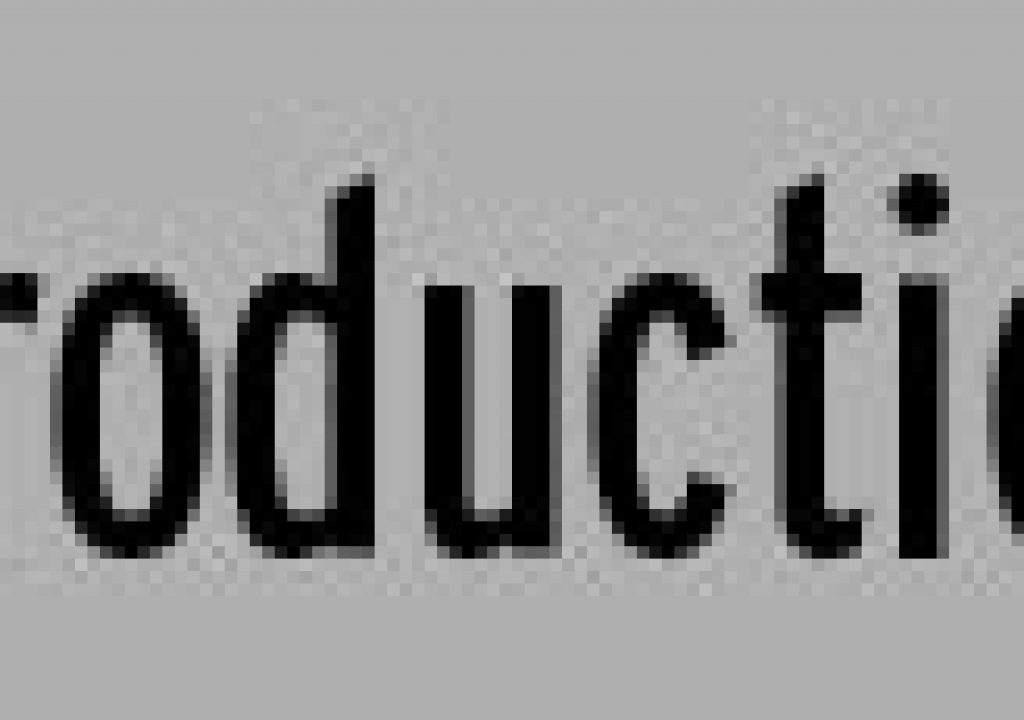
After Effects CS4 Visual Effects & Compositing Studio Techniques is quite a mouthful for a book title, which may explain why I often use the shorthand above. The book stands out for a couple of reasons: one is that it deals explicitly with visual effects compositing, the process of fooling the eye into thinking disparate elements were shot together. Also, there is very little in the way of beginner information in this book; it is aimed at professionals who either have used After Effects and want to improve their compositing, or compositors who want to learn to use After Effects. But is it for you?
One way to better understand that is to peruse – or even dig into – the online version of Chapter 4 which Peachpit provides for you to read for free. This is one of the two or three most technical chapters of the book, and it is more focused on using After Effects itself than subsequent chapters that get more into the artistic process. So if this driest of all chapters appeals and you learn something from it, you are probably someone who would benefit from the book.
By the way, if you like reading the book in this online format, this is the way it generally is presented for users of Safari, Peachpit’s subscription service for electronic books.
The question comes up from readers of earlier editions (corresponding to earlier software versions) – how much changes from one edition to the next? I revamp each new edition fairly significantly while maintaining a very similar core structure and table of contents (since the initial careful organization of the book seems to have served it well). If you have the CS3 version, the CS4 book is probably about 20% different, but it’s about 40% different from the 7.0 book and easily 60% different from the original 6.5 book if there are still dog-eared copies of that one around your place.

Filmtools
Filmmakers go-to destination for pre-production, production & post production equipment!
Shop Now













